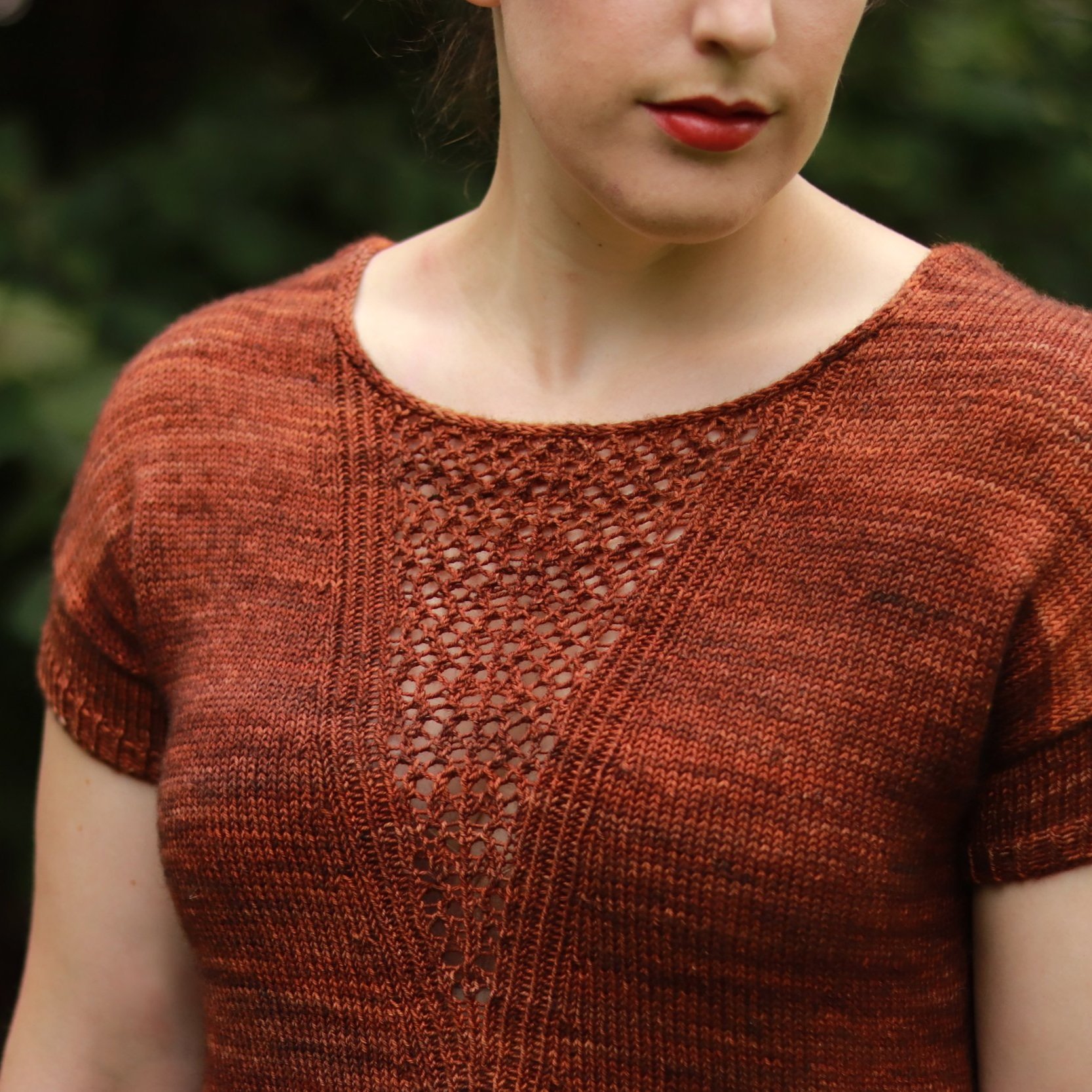An Introduction to Ease
Making Sense of Ease - Part 1
I’m a knitter who loves to make sweaters, and I’ve been focusing more and more on creating pieces that I really love to wear. Things that I could wear once a week (or more) for years - not just because they work with my style and other pieces in my wardrobe, but also because I love how they fit and make me feel when I wear them. As a designer, that means building these pieces from scratch and sharing them with you! In that process, I regularly get questions on fit, sizing, and modifications. Knitters will ask what the best option will be for them, and when I write up a reply, I make sure to bring the conversation back to a core idea:
What are your fit preferences, and how do you envision this garment fitting you?
This is the first piece in a series that I hope will encourage and empower you to become your own fit expert through education and exploration. And yes, sometimes there will be a little bit of math. Though I promise that any time there’s math involved, I will help you along the way so you can better understand the why behind the math, and provide you with a concrete strategy so you can apply the concepts to your own project.
Today, we are starting with a short but important lesson about the concept of ease. Why begin the series here? Ease helps you understand the relationship between your garments and your body. You’ll be able to start looking for patterns between how your garments measure on the flat, how they look and feel on your body. Ultimately, you’ll develop a deep knowledge of your fit preferences so you can select sizes for different types of garments with confidence & love the fit of your FO.
What is ease? Ease, at its core, is the difference between the measurement of a garment - typically when laid out flat - and your own body measurement at the same location.
Positive ease means that the garment measures larger than your body at that same point, and there is space between your body and the garment as you wear it, represented in this illustration by the green shaded area.
Negative ease means that the garment measures smaller than your body at that same point, and you are utilizing the stretch of the garment to fit over your body. This is represented by the blue shaded area - you’ll notice that the garment is only smaller at one area in this case, not over the entire body!
That’s it - quite simple at the surface! Before wrapping up for today, I wanted to dive a little bit more into negative ease with a quick demonstration of what that actually means when it comes to knitted fabric. In the swatch below, I’ve marked off 4” of fabric.
When most folks think about negative ease, they are imagining the fabric stretching so much that the stitches become distorted - like stretching the 4” out to 5” as shown below. This would be like someone who has a 42.5” chest wearing a 34” garment, or 8.5” of negative ease.
But negative ease can just mean a little bit of stretch, too. In the image below, I’ve stretched 4” out to 4.25”. The stitches aren’t distorted, but you are using some of the stretch of the fabric! This would be like the same person above with a 42.5” chest wearing a 40” garment, with 2.5” of negative ease.
As you begin to explore ease, you’ll discover that there’s no single “correct” answer. Just because a garment measures smaller than your body doesn’t mean it will feel tight, and conversely, a garment that measures larger than your body doesn’t guarantee it will feel loose fitting. And ultimately, the “right” amount of ease for you is going to come down to your own personal preferences, and how you like your garments to fit. More than likely, you’ll find that you have different preferences - different garment types, stitch patterns, and yarn weights may all impact your ease choices. We’ll be exploring this more throughout the series to help you build your understanding of your unique taste.
Make sure you don’t miss an article - sign up for my newsletter list below! You’ll also get access to the best release discounts for kerriknits patterns.










